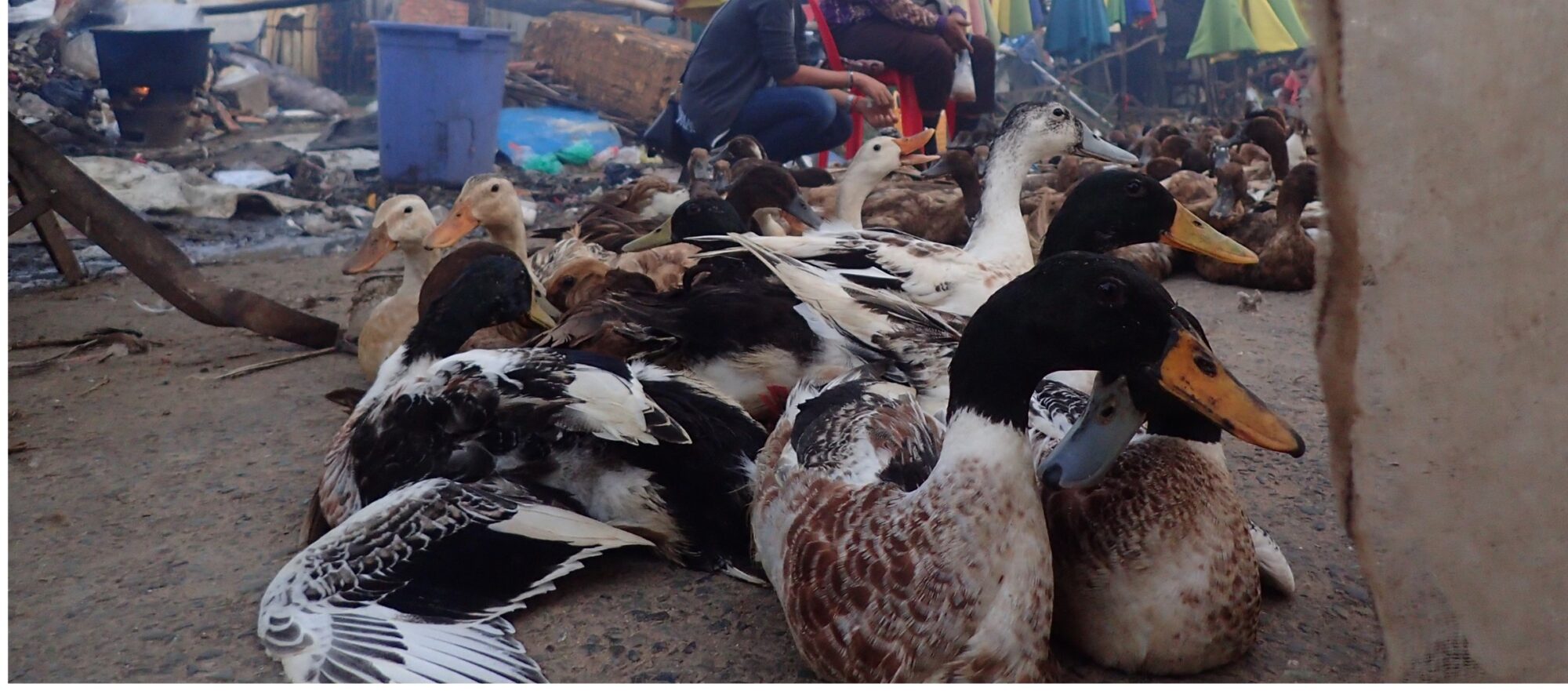Why Cambodia?

Cambodia: a crucial study site
Cambodia presents a crucial study site for investigating avian influenza viruses (AIV) due to consistently high AIV detection rates across various poultry species in live bird markets (LBMs). Additionally, the co-circulation of multiple AIV strains within poultry populations in LBMs is notable, alongside frequent human cases linked to poultry exposure in LBMs. Despite these observations, the underlying drivers and mechanisms driving these phenomena remain unclear. Therefore, structured research and interventions are urgently needed to enhance our understanding of AIV dynamics in Cambodia, ultimately strengthening our ability to control the emergence and spread of these viruses.
Which methodology?
Mapping the hotspots of AIV
The TrackFLU project’s initial phase focuses on extensive field studies in Cambodia to identify the major chains of AIV prevalence:
- Gathering national-scale poultry production, biosecurity, and trade data across various premises types and regions over time to trace poultry from LBMs back to farms and pinpoint the primary poultry trading chains.
- Collecting national-scale data on AIV infection in poultry, wild birds, and other potential animal hosts across different premises types and regions over time to highlight the major areas for detection, reassortment, low and high pathogenicity, spillover, co-circulation, and emergence.


Decoding AIV emergence and spread
Based on all collected data, the project’s second phase centers on identifying the drivers of AIV emergence and transmission:
- Developing real-time surveillance tools for disease risk mapping and defining effective surveillance schemes.
- Developing novel phylodynamic models to understand the spatiotemporal dynamics of AIV emergence, reassortment events, spillover events, transitions from low to high pathogenic viruses, increased fitness,
- Developing novel phylodynamic models to assess the ecological, environmental and anthropogenic factors potentially influencing those phenomena.
Predicting AIV dynamics
Based on all generated outcomes, the project’s last phase focuses on elaborating strategies to prevent AIV emergence and transmission:
- Developing predictive tools to anticipate AIV emergence and transmission patterns based on identified drivers
- Enhancing capacity in strategies for AIV control and surveillance


